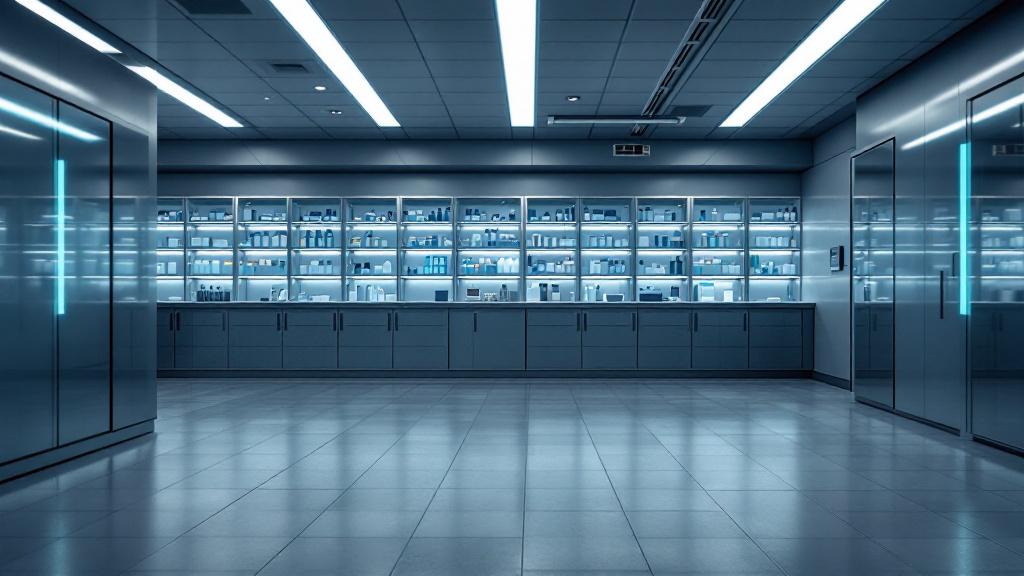Recognizing Disorientation
Understanding disorientation is crucial, especially when considering the effects of alcohol consumption. Recognizing its signs can help determine if someone is experiencing a hangover or potentially more severe conditions like alcohol poisoning.

Signs of Disorientation
Disorientation occurs when an individual is confused about time, place, or their identity. This symptom can stem from various conditions, including excessive alcohol intake. Signs indicating that a person may be disoriented include:
Signs of DisorientationDescriptionConfusionUncertainty about time or place.DizzinessFeeling lightheaded or unbalanced.AnxietyHeightened restlessness or unease.Memory IssuesDifficulty recalling recent events.Severe SymptomsIndications of more serious health issues.
Seeking Medical Assistance
If someone experiences sudden disorientation, it is vital to seek medical help promptly. This situation could signal a health issue requiring immediate intervention. Additionally, if sudden confusion occurs alongside other serious symptoms such as fever or changes in skin/lip color, it’s critical to contact emergency services or visit a hospital without delay.
For those engaging in binge drinking—defined as four or more drinks for women and five or more for men on a single occasion—awareness of disorientation signs is particularly important. Regular binge drinking can lead to more severe health consequences, reflecting a risk of developing issues such as dependence [2]. Understanding these thresholds can help individuals make safer decisions regarding alcohol consumption and promote overall health awareness.
Causes and Treatment
Understanding the causes of disorientation is key in assessing whether someone is experiencing a hangover or alcohol poisoning. Disorientation refers to a state of confusion regarding one’s surroundings, time, or even personal identity. This condition can stem from various underlying issues, including alcohol-related effects.
Determining the Cause
Disorientation can be a symptom of several conditions, often manifesting through confusion regarding time, location, or self-identity [1]. In cases related to alcohol consumption, distinguishing between a hangover and alcohol poisoning is crucial. Symptoms of sudden confusion, known as delirium, may include changes in behavior and alertness, which can worsen during nighttime.
SymptomPossible CauseConfusion about surroundingsHangover, Alcohol PoisoningSudden behavioral changesAcute alcohol intoxication, DeliriumMemory lapsesExcessive alcohol consumption
Recognizing these symptoms can help in determining whether the disorientation is due to a hangover or more severe reactions related to alcohol poisoning.
Treating Disorientation
Treating disorientation primarily involves addressing the underlying cause. If disorientation results from a hangover, symptoms typically resolve as the body processes the alcohol. Conversely, complications arising from alcohol poisoning require immediate medical attention.
In both scenarios, timely identification is essential for initiating the appropriate treatment. Medical professionals may employ various strategies depending on the cause of disorientation, including hydration and pharmacological interventions if necessary [1].
Treatment ApproachApplicable ConditionHydration TherapyHangover, Mild Alcohol PoisoningMedical SupervisionSevere Alcohol Poisoning
Ensuring that individuals receive the right treatment based on their symptoms and conditions can greatly improve recovery outcomes. Exploring available treatment options for addiction is also useful for those seeking further support.
Sudden Confusion
Sudden confusion can often indicate a state of delirium, which requires careful observation and prompt response.
Symptoms of Delirium
The symptoms of sudden confusion, or delirium, can manifest in a variety of ways. Typical symptoms include:
Recognizing these symptoms is crucial. Delirium can present differently in each individual, which sometimes makes it challenging to identify. When assessing your own condition or that of someone you care for, it is essential to be aware of these signs.
SymptomDescriptionConfusionInability to think clearly or recognize surroundingsBehavioral ChangesSudden shifts in personality or attitudesAlertness FluctuationBeing alert at night and drowsy during the day
Immediate Medical Attention
If a person exhibits signs of sudden confusion alongside other serious symptoms, such as fever or discoloration of skin or lips, it is crucial to seek medical assistance immediately. This could indicate a more severe underlying condition that may require urgent intervention.
A recommended course of action includes calling emergency services (999 in many regions) or proceeding to the nearest hospital. Timeliness is key in these situations, and prompt medical evaluation can help prevent serious complications.
Being aware of the link between alcohol consumption and conditions like delirium can guide individuals in evaluating their health status. For more information about alcohol's effects and understanding potential issues, consider exploring our section on signs that you may be a “weekend alcoholic”.
Alcohol Consumption Guidelines
Understanding alcohol consumption guidelines is crucial for maintaining health and safety. This section focuses on defining standard drinks and exploring the risks associated with binge drinking.
Standard Drink Definition
In the United States, a "standard drink" contains approximately 14 grams or 0.6 fluid ounces of pure ethanol. The following table illustrates the equivalent alcohol content in various common beverages:
Beverage TypeStandard Serving SizePure Ethanol ContentRegular Beer12 ounces0.6 ouncesTable Wine5 ounces0.6 ounces80-Proof Distilled Spirits1.5 ounces0.6 ounces
These measurements help individuals monitor their intake and make informed choices regarding their alcohol consumption. Awareness of serving sizes is crucial since labels on alcohol containers typically list only the percent of alcohol by volume (ABV) but not the serving sizes.
Binge Drinking and Health Risks
Binge drinking poses significant health risks. According to the National Institute on Alcohol Abuse and Alcoholism (NIAAA), a heavy drinking day is defined as consuming 4 or more drinks for women and 5 or more drinks for men. Engaging in binge drinking can lead to serious consequences, including alcohol poisoning and long-term addiction.
It's essential for individuals to recognize the signs of binge drinking and seek assistance if necessary. Regularly evaluating one's drinking habits can be beneficial in identifying patterns that may require further attention. Understanding these guidelines can help answer questions like do I have a hangover or alcohol poisoning? and promote a healthier relationship with alcohol consumption.
Hydration Tips
Importance of Staying Hydrated
Hydration plays a crucial role in overall health, particularly when consuming alcohol. Alcohol acts as a diuretic, stripping the body of electrolytes and potentially worsening hangover symptoms. Therefore, staying hydrated before, during, and after drinking is essential to reduce the severity of hangovers. The Mayo Clinic recommends that men should aim for about 15.5 cups of water per day, while women should target around 11.5 cups to maintain adequate hydration levels.
Strategies to Stay Hydrated
Implementing effective strategies for hydration can make a significant difference in how one feels after drinking. Here are some tips:
By keeping these hydration tips in mind, individuals can better manage their alcohol intake and may reduce the risk of experiencing a hangover versus more severe alcohol-related issues. For more insights, individuals can explore which disorders do benzos treat? or check out the most commonly used drugs.
Impact of Alcohol on Appetite
Understanding how alcohol impacts appetite is essential, particularly for those who may question if they have a hangover or alcohol poisoning. Alcohol can significantly alter hunger signals and food preferences.
Alcohol and Hunger
Alcohol consumption influences hunger in several ways. It can reduce how satiated individuals feel after eating by inhibiting the secretion of leptin, a hormone that helps to inhibit hunger. Additionally, it decreases levels of ghrelin, known as the hunger hormone. Research indicates that although alcohol is calorie-dense, it still contributes to hunger cravings by:
Moreover, expectation effects play a significant role in how individuals associate drinking with eating, leading to higher calorie intake. Alcohol consumption can lower inhibitions, causing individuals to indulge in food cravings and subsequently overeat [6].
Moderating Alcohol Intake
To manage appetite and cravings after consuming alcohol, moderation is key. Here are some strategies that can help:
StrategyDescriptionLimit Alcohol ConsumptionSet a limit on how much you drink to prevent excessive cravings.Choose Lower-Calorie OptionsOpt for drinks that have fewer calories to reduce overall caloric intake.Stay HydratedDrinking water in between alcoholic beverages helps maintain hydration and can curb hunger.Eat Before DrinkingHaving a meal before drinking can help manage appetite and reduce the urge to overindulge in greasy foods later.
Indulging in greasy foods after consuming alcohol does not absorb the alcohol, contrary to common belief. In fact, it can lead to a higher intake of sodium and fat, potentially making one feel worse the next day [6].
By recognizing how alcohol affects appetite, individuals can make more informed decisions about their consumption habits and manage cravings more effectively.
References
[2]:
[3]:
[4]:
[5]:
[6]:
[7]:

.svg)

.svg)

.svg)
.svg)









































































































